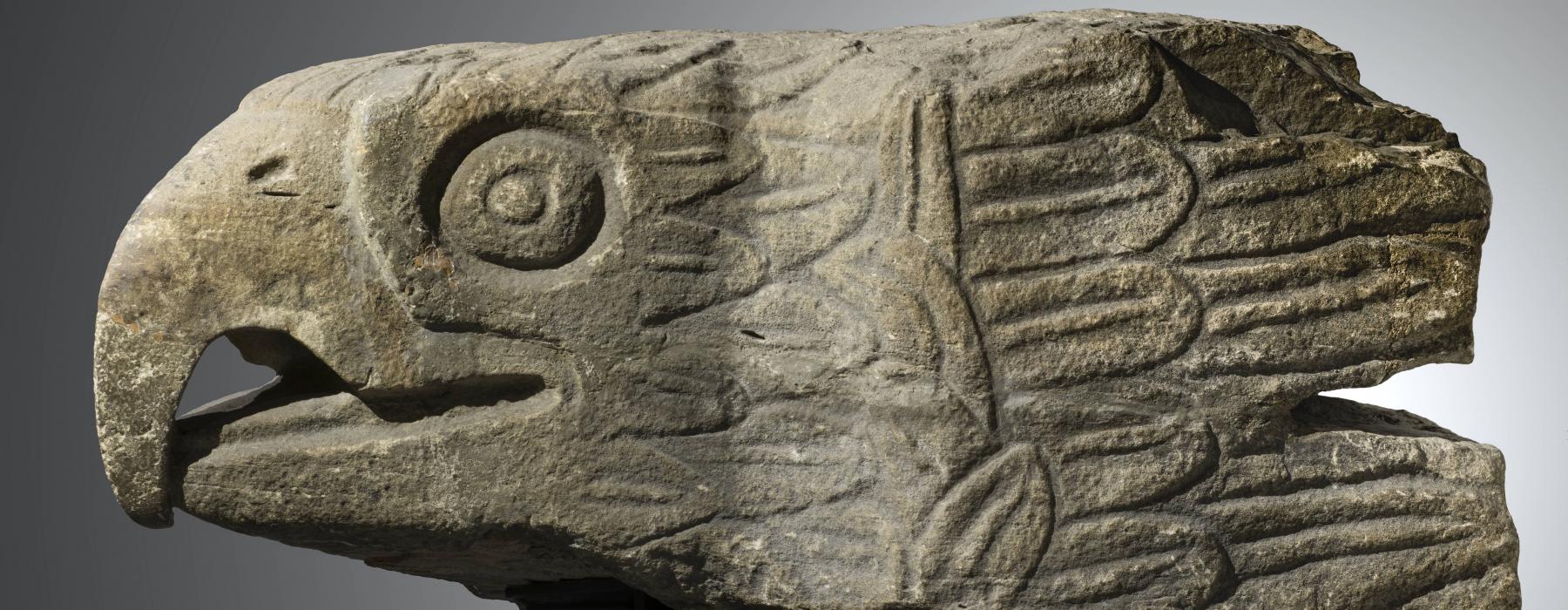
The word ‘Aztecs’ was contrived by European researchers. The residents of the capital city of Tenochtitlan called themselves Mexica.Their language was called Nahuatl.

Want to know more about the Aztecs? Read the frequently asked questions with answers below.
The word ‘Aztecs’ was contrived by European researchers. The residents of the capital city of Tenochtitlan called themselves Mexica.Their language was called Nahuatl.
Aztecs spoke Nahuatl, a language that continues to be used by one and a half million people today.
Yes and no. Nowadays, around one and a half million people still speak Nahuatl, the language of the Aztecs. And there are quite a few indigenous peoples who perform rituals that hark back to the Aztecs. As the word ‘Aztecs’ strictly speaking only refers to the ’Mexica’, the residents of the city of Tenochtitlan, it is hard to imagine that there are any real Aztecs left. But the language and elements of Aztec culture are most definitely still very much alive.
Information about the Aztecs derives from various sources: indigenous books, European colonial accounts, archaeological research and comparisons with contemporary indigenous cultures and traditions.
Yes, the Aztecs used a pictographic writing system. This is an writing system whereby information is conveyed by way of images.
The Aztecs lived in what is now Mexico. They built their capital at the location of present-day Mexico City. Their empire reached across hundreds of kilometres, from the Gulf of Mexico to the Pacific Ocean and from the mountains around Tenochtitlan (now Mexico-City) to the jungles of South America.
The Aztec capital was founded in 1325. Their empire ended in 1521. Over this short period of time, they conquered huge swathes of land in what is now Mexico.
When the Spaniards arrived in the Aztec Empire, their aim was to bring down the Aztecs and to found a new colony. Many of the missives they dispatched back to Europe were intended to justify the invasion. One of the ways of justifying their actions was by painting the Aztecs and other indigenous peoples as bloodthirsty barbarians. Which caused them to grossly exaggerate the atrocities of the Aztecs in the way they described these people. For instance, there is a colonial source which alleges that no less than 80,000 people were sacrificially slaughtered at the inauguration of one particular Aztec emperor. Which would work out at the improbably high number of 15 people being killed per minute over four days. These kinds of claims were part of the Spanish propaganda to legitimate the invasion.
There is no denying that human remains were uncovered in the sacred Aztec district around the Templo Mayor. Whether these are executed prisoners of war or Tenochtitlan residents is still being investigated. What is clear is that the numbers of human remains found are commensurate with a few hundred people, but certainly nothing like the thousands upon thousands as suggested by the Spaniards in their accounts.
To this very day, new discoveries are being made in Mexico City on a daily basis. Archaeologists continue to run digs around the Templo Mayor and continue to make new spectacular finds. However much we now know about the lives of the Aztecs, there is a lot still waiting to be discovered.